Architects: Showcase your next project through Architizer and sign up for our inspirational newsletter.
Structural insulated panels (SIPs) have been around since the 1930s, when they were invented by engineers at the Forest Products Laboratory in Madison, Wisconsin. Had it not been for Alden B. Dow — student of Frank Lloyd Wright — who experimented with sandwiched-panel technology in the 1950s and built the first Styrofoam houses in Midland, Minneapolis in 1951, this tremendous building material may not stand where it does today.
While SIPs have existed for nearly a century, in recent years, they have garnered more attention among architects interested in achieving high-performing, energy efficient building envelopes. As a result of their flexibility and formability, today, SIPs are increasingly used throughout residential, commercial and industrial projects. This week, Architizer spoke with Becky Susan and various representatives of the Structural Insulated Panel Association (SIPA), to discover the breadth of capabilities of this remarkably temporal building material.
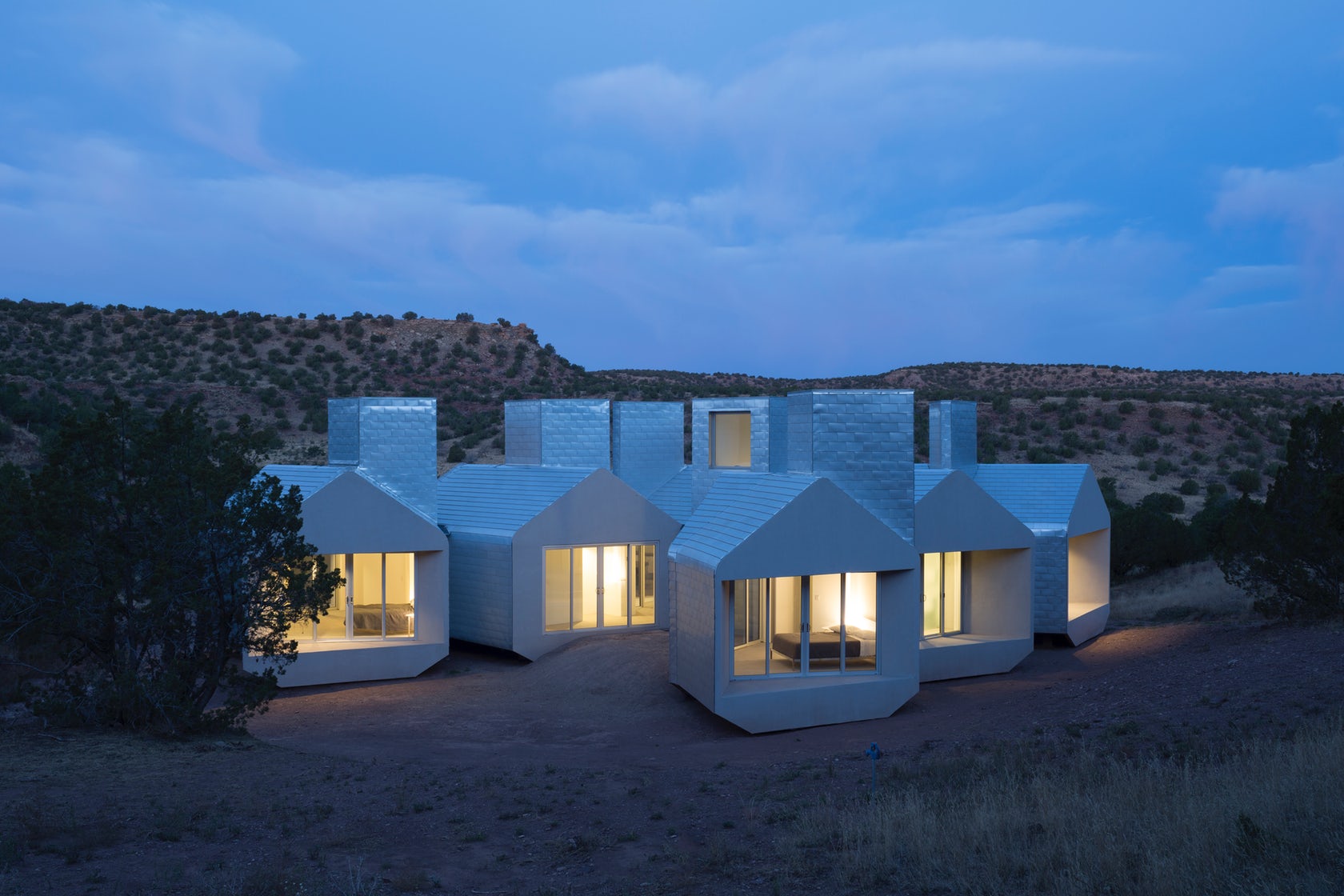
Museum of Outdoor Arts Elements House by MOS Architects is SIP modular building. It was designed to operate independently of public utilities by integrating passive systems and on-site energy-generation.
Structural Insulated Panel Materials
Structural insulated panels are composed of an internal layer of insulating foam, which is typically sandwiched between oriented strand board (OSB) panels. While the insulating foam core can be composed of various materials, the most common material is expanded polystyrene (EPS). Other insulating materials include XPS and polyurethane. “Ultimately SIPs enable simplicity and efficiency for designers,” said Susan. “Rather than incorporating wall, roof and floor assemblies that incorporate 7-12 products and the labor time to properly install them, SIPS complete a building envelope in 3 steps.”

EPS production process; image via EPS Foam Pro
Expanded Polystyrene (EPS): EPS foam is a type of closed-cell insulation that is manufactured using steam to expand small beads of polystyrene polymer. These beads are them formed into larger insulation blocks of varying densities, which can then be cut into endless shapes and sizes. As one of the most versatile types of insulation available on the market today, EPS is used in roofs, walls and floors.
Some of the advantages of EPS are that it is very lightweight since it is mainly composed of air and it has minimal water absorption. In addition, EPS is a high performing insulation that maintains a constant level of thermal resistance and an R-value that does not degrade over time. On average, it takes 24% less energy to produce EPS than fiberglass insulation of an equivalent R-Value. For further information on EPS, visit the EPS Industry Alliance.
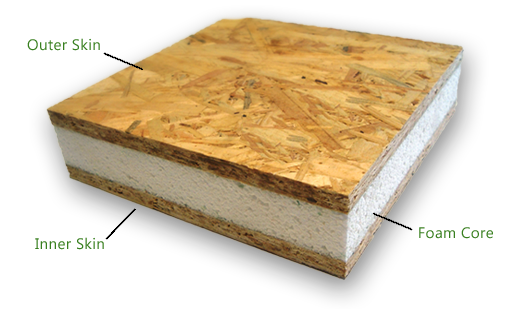
Structural insulated panel; Image via Korwall
Oriented Strand Board (OSB): OSB is a type of engineered lumber that is similar to particle board. It is formed using cross-oriented layers of thin, rectangular wooden strips that are compressed and bonded together using wax and synthetic resin adhesives. The final product is approximately 95% wood and 5% wax and resin.
OSB is widely used throughout the construction industry due to its excellent load-bearing capabilities. Additionally, since OSB can be manufactured from fast growing, underutilized and often less expensive wood species, it represents an efficient use of raw materials. According to the Structural Insulated Panel Association (SIPA) “About 85-90 percent of a log can be used to make high quality structural panels, and the remainder — bark, saw trim, and sawdust — can be converted into energy, pulp chips or bark dust.”
Aesthetics
Since structural insulated panels are typically hidden building components, their aesthetic value is often considered secondary to their immense performance factors. However, one of the greatest advantages of SIPs is that they are manufactured to spec. SIPs can be fabricated to fit nearly any building design; their possibilities for customization are limitless.

SIPS Residence by Kieron Gaits Architects; Image via Kieron Gaits Architects
SIPS Residence by Kieron Gait Architects is one project worth noting, which harnessed SIPs to reduce construction time and labor costs. However, the architects also chose to celebrate OSB panels for their aesthetic value, using them as a driving player throughout the interior material palette of the project. The result is a warm and light space that was seen through without finishes such as plaster or paint.
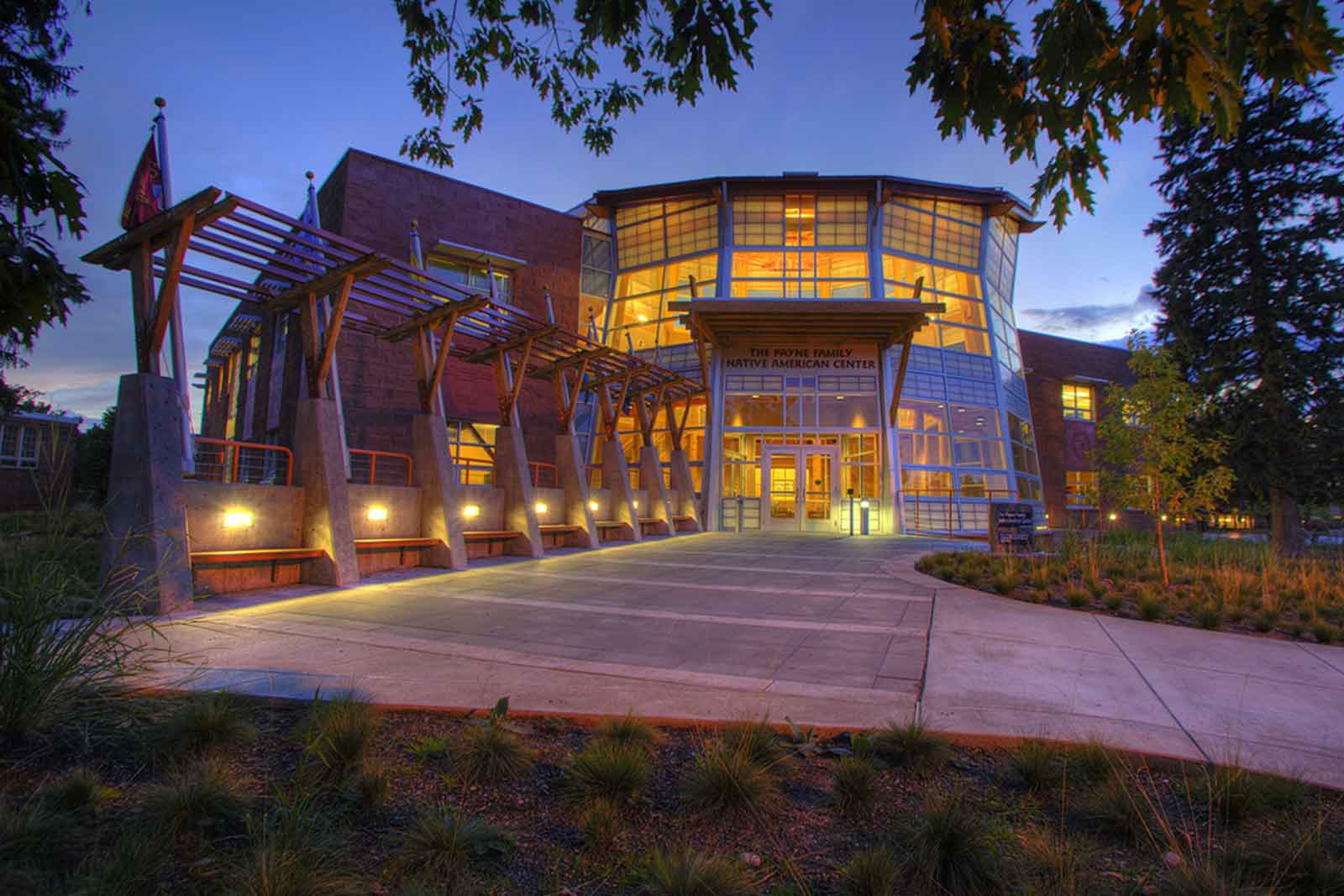
The University of Montana, Native American Center by A&E Architects and Glen & Glenn Architects utilizes SIP walls and a SIP roof for energy savings and whole-building sustainability; Image courtesy of SIPA
Profiles: SIPs are structurally stronger than traditional wood framed structures, so most SIP buildings do not require the use of a truss system. “The design advantages of this go on and on,” said Susan. “No need for truss systems makes cathedral ceilings a breeze, adding extra loft areas simple and soaring ceilings an easy element to incorporate into designs.” Brian Von Allworden of Wright Engineering also noted that “Corner windows, floor-to-roof windows, double cantilever roofs, triangle shaped walls, geodesic domes and even arena soccer field walls are just a few examples” of the unique, non-linear design possibilities that can be harnessed with SIPs.
Structural insulated panels are also celebrated for their capacity to create clean, straight lines that do not bow or curve. “This is why SIPs install roughly 50% faster than stick frame constructions,” said Brian Osborn of Space SIPS. “An absolutely flat slab that cannot be twisted or torqued is easier to install with precision.” Susan also added that “Cabinetry, flooring and millwork is installed faster on straight surfaces, eliminating the need for shimming to accommodate otherwise regularly bowed surfaces.”
Size: Panels are manufactured as big as 8- by 24-ft, which means that entire wall and roof sections can be put up quickly, with very short dry-times.

The Evoke Quadrant Model Home by Quadrant Homes shows how SIPs and other energy saving technologies can lower utility bills for homeowners; Image courtesy of SIPA
Performance
Air Infiltration: On average, up to 40% of a home’s heat can be lost due to air leakage. Designs integrating SIPs into walls, floors and roofs introduce a degree of uniformity throughout the building’s interfaces, which means less air leakage and greater consistency throughout the entire construction. According to Susan, “SIP panels are 15 times more airtight than traditional wood framing. Therefore, the energy used to heat and cool a home stays inside the envelope. In comparison, lumber and steel framed structure lose extensive amounts of heated and cooled air, and therefore require additional energy resources.”
“Net Zero, Positive Energy & Passive design projects primarily rely on SIPs in their designs. The efficient energy envelope paired with renewable energy sources, such as solar and geothermal, create structures that don’t take energy from the grid. Many are able to actually give back to the grid.”
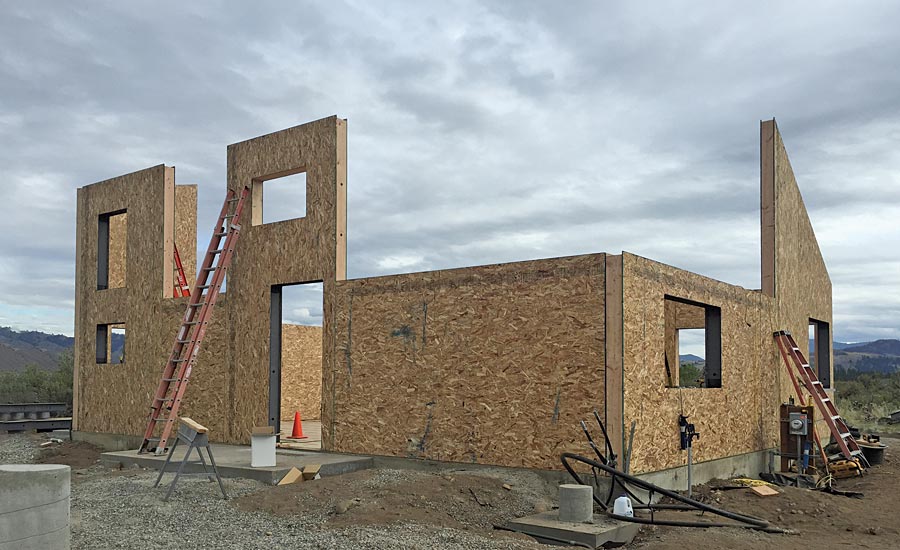
Image by Eric Thomas courtesy of SIPA.
Construction Time: Since structural insulated panels are manufactured to spec, they can help to greatly reduce construction time on-site. In turn, this means reduced labor cost and greater likelihood that a project will remain within budget.
Cost: Osborn and Von Allworden agree that one of the main myths about SIPs is that they cost more than conventional framing. “Often, especially with development projects, the cost-per-square foot dominates decisions,” said Osborn. “It is true the upfront costs of SIPs are more than stick framing. But this comparison does not look at the long term utility costs. Developers do not care about the costs of after sale operation, when merely meeting existing codes and mandates is sufficient. Architects must educate their clients and builders about the reduced future costs, and present them as a selling factor.”
HVAC: It is extremely important to align your HVAC system with your usage of SIPs. It is common for people to underestimate the high insulating and air-sealing properties of SIPs, which allow for a significantly smaller HVAC system than you might expect. “Generally SIPs save 55% on heating & cooling costs, said Susan. “This is a major reduction in operating costs for homes, multi-family and commercial spaces.”
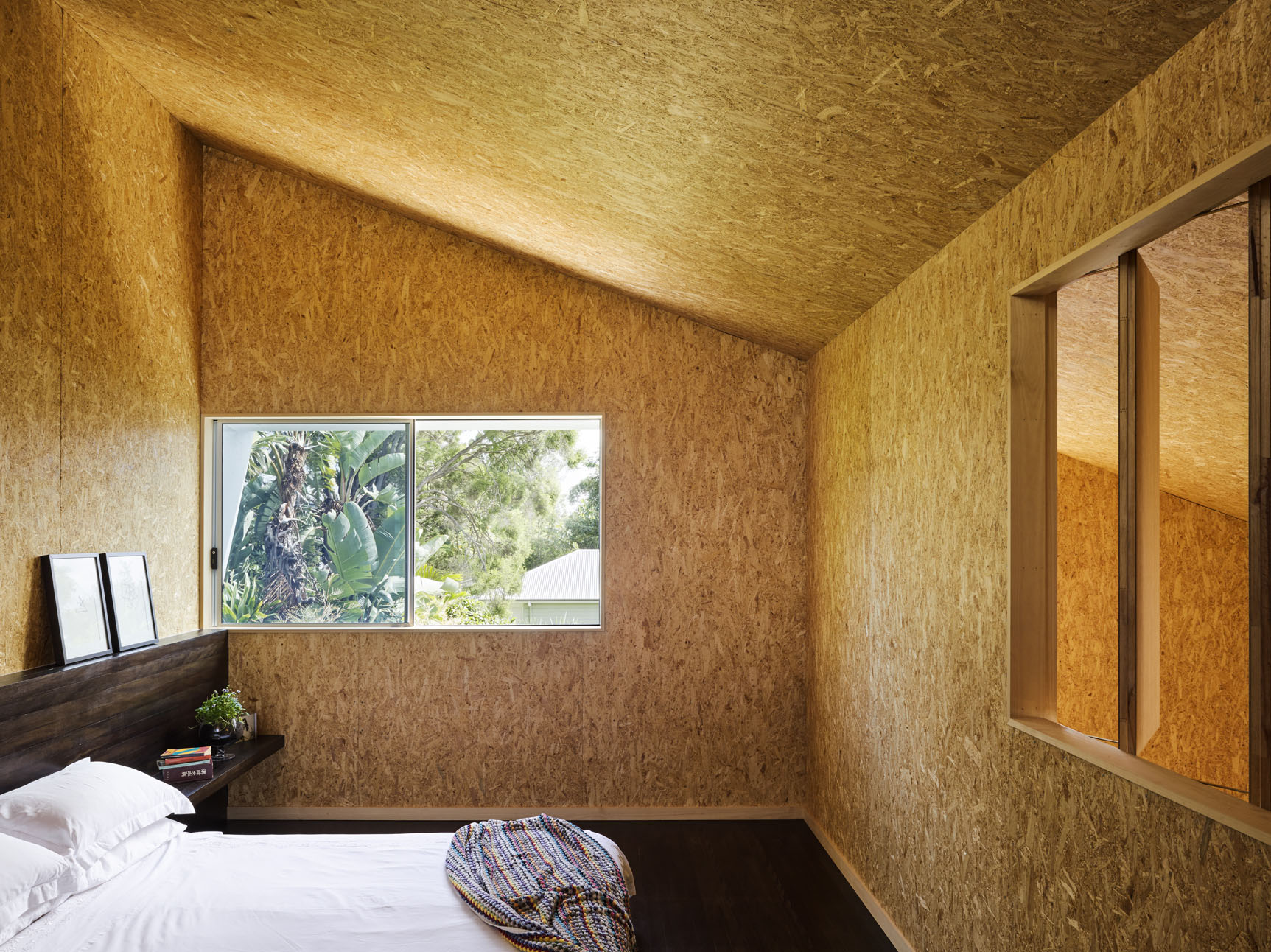
SIPS Residence by Kieron Gaits Architects; image via Kieron Gaits Architects
Occupant Health: As a result of its airtight qualities, SIP building envelopes provide better indoor air quality. “Tighter structures means healthier indoor environments,” said Susan. In addition, SIPs do not contain any VOCs or other harmful chemicals that can affect occupant health.
Thermal Insulation: One of the amazing things about structural insulated panels is that they are pre-insulated and there is no need to purchase or pair them with additional insulating products. According to SIPA, “Oak Ridge National Laboratory (ORNL) whole-wall R-value studies show that a 4-inch SIP wall (nominal) rated at R-14 outperforms a 2×6 stick framed wall with R-19 fiberglass insulation.”
Waste: Since structural insulated panels are fabricated under factory controlled conditions using advanced optimization software and automated fabrication technology, they have the ability to drastically reduce waste generated during construction. According to Susan, “job site waste for SIP projects is cut in half.”
One of the current challenges associated with SIPs is finding experienced installers. “Often, it is the same few installers who do all the work,” said Von Allworden. “As the demand for SIPs has grown, more framers are taking the simple steps to become qualified SIP installers.”
Case Study
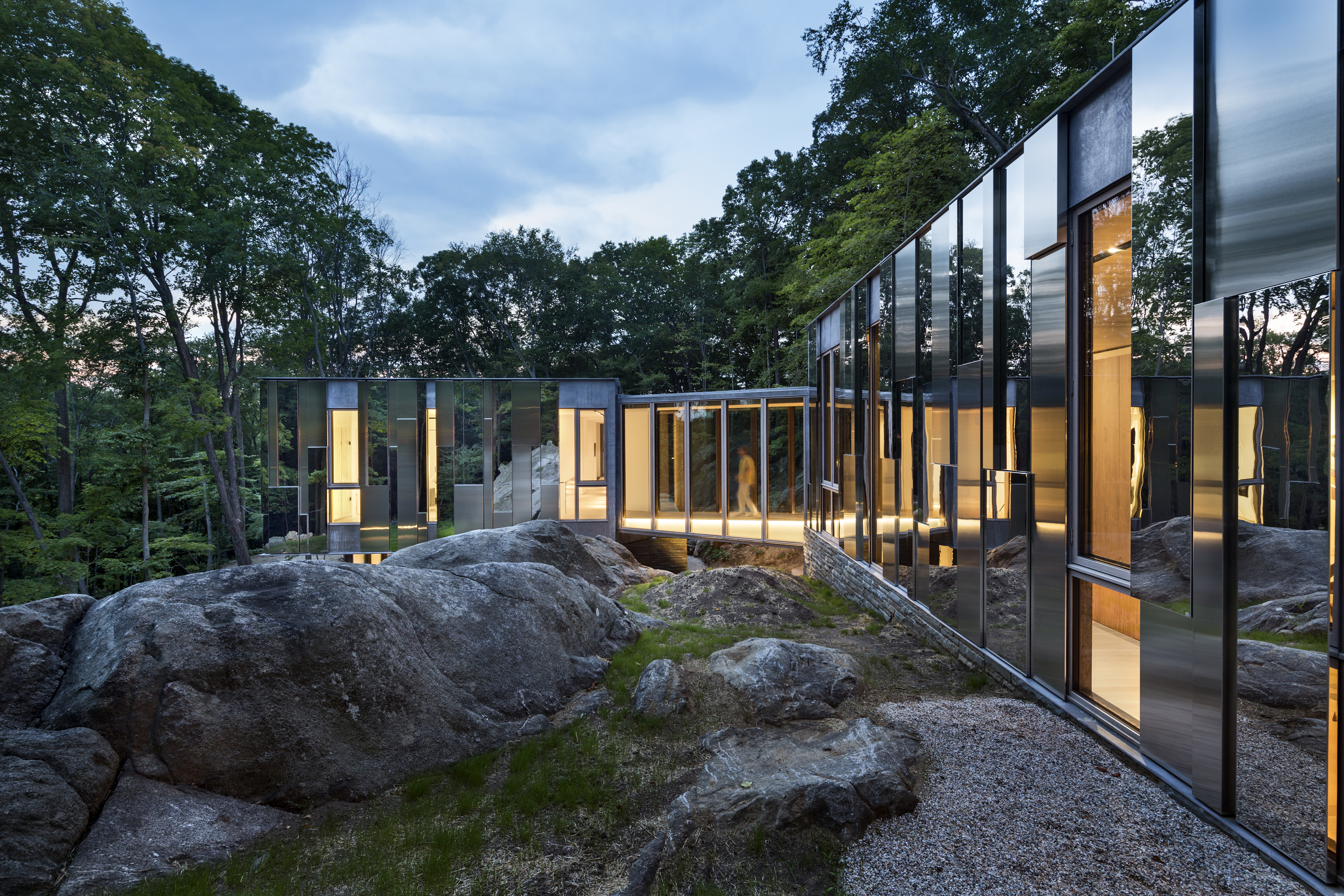
Ridge House by KieranTimberlake, Photo via KieranTimberlake
Building Green: 5 Eco-Friendly Retreats Built with SIPs
Today, thanks to innovative wall assemblies known as structural insulated panels — or SIPs — homeowners can enjoy the environmental benefits of building with wood, without the labor-intensive process and inadequate energy performance. From their superior environmental performance to their ability to be prefabricated off-site, SIPs are the perfect way to minimize the impact of a building on its natural surroundings. To learn more, check out these five rustic retreats built with structural insulated panels.
Architects: Showcase your next project through Architizer and sign up for our inspirational newsletter.
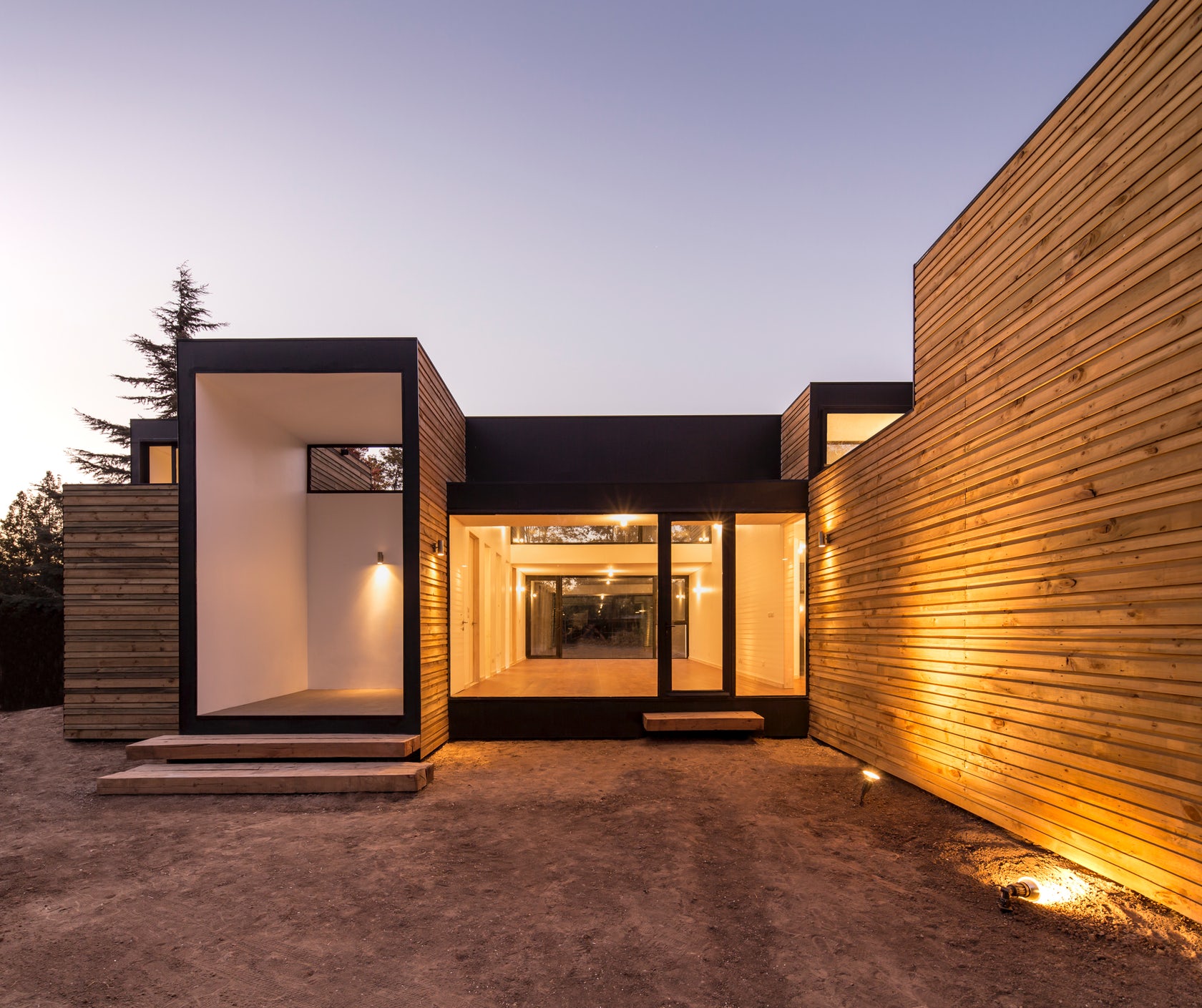
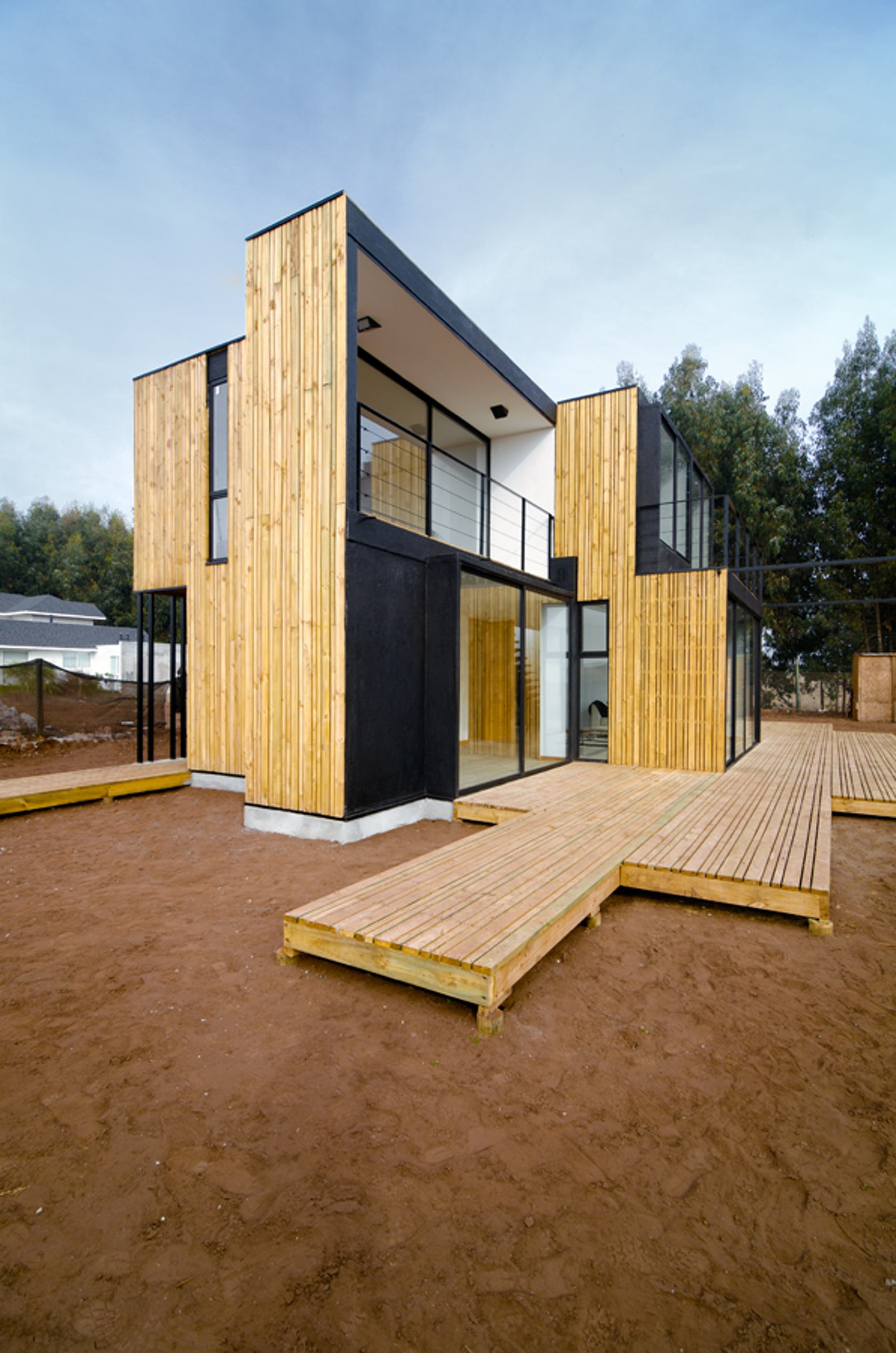





 Museum of Outdoor Arts Element House
Museum of Outdoor Arts Element House  SIP M3 HOUSE
SIP M3 HOUSE  SIP Panel House
SIP Panel House 


